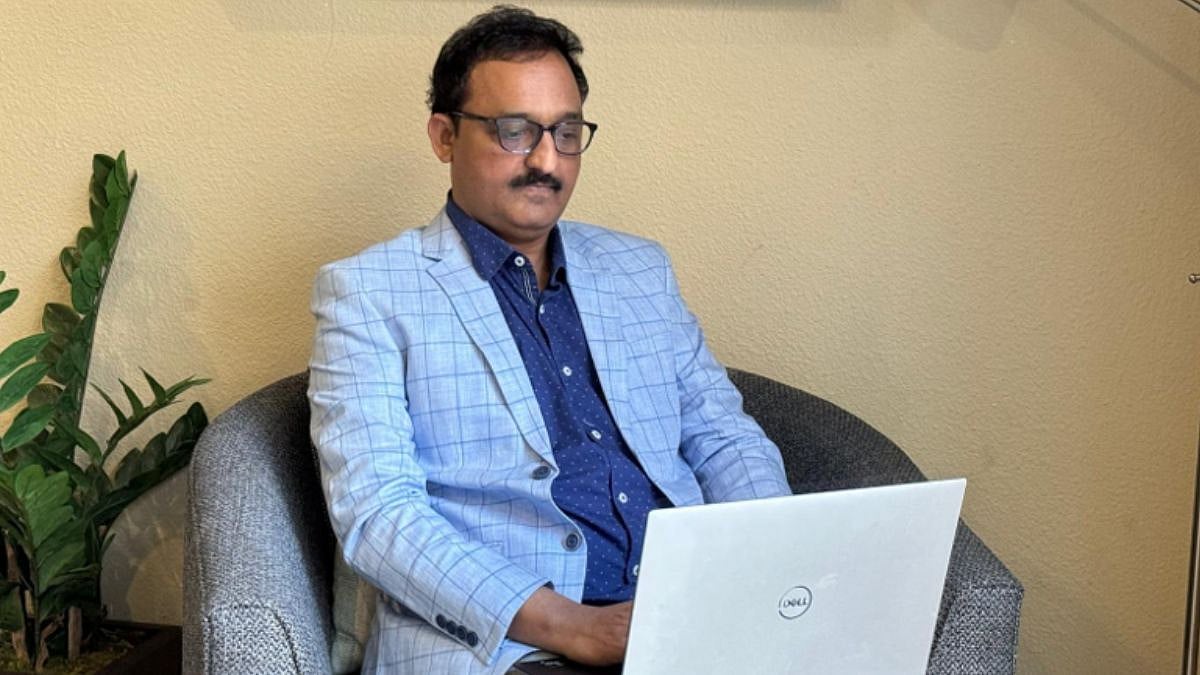Building A Disaster-Resilient Cloud: Lessons From Wildfires And Beyond By Siva Kumar Mamillapalli
With companies becoming increasingly reliant on cloud infrastructure to run their operations on a day-to-day basis, the challenges of natural disaster risks and disruptions to systems grow increasingly difficult to ignore. Natural events caused by climate change such as wildfires have disrupted access to essential services and questioned how prepared cloud-based systems actually are.

Siva Kumar Mamillapalli | File Photo
With companies becoming increasingly reliant on cloud infrastructure to run their operations on a day-to-day basis, the challenges of natural disaster risks and disruptions to systems grow increasingly difficult to ignore. Natural events caused by climate change such as wildfires have disrupted access to essential services and questioned how prepared cloud-based systems actually are.
In turn, the concept of cloud resilience has caught on—not only as a technical imperative, but as an essential component of overall business continuity planning. Resilience here means the capacity of applications and systems to keep functioning or bounce back quickly in the face of disruption, caused by infrastructure failure, misconfigurations, network unpredictability, or unforeseen spikes in traffic.
Reportedly, Siva Kumar Mamillapalli is an expert with hands-on experience in disaster response, has made substantial contributions to how businesses plan for and respond to such occurrences. His work has centred on AWS-based disaster recovery and automation practices, especially during high-impact events such as wildfires. Internally, he spearheaded recovery planning that ensured 99.99% availability of services during high-priority outages, reducing disruptions in industries where constant access to data is critical—such as insurance and healthcare.
To this, Siva Kumar brought to the table disaster preparedness through automation of most of the recovery processes. Using AWS-native tools such as Lambda, CloudFormation, and Route 53, he made it possible for systems to respond to failures with minimal human intervention. The change reportedly eliminated manual intervention in disaster recovery processes by 80% and slashed recovery time by an estimated 30%. According to the expert table, such advancements enabled systems to recover faster and more predictably, particularly in those situations with the inability to have full-time monitoring.
Additionally, his function included security and compliance, which are usually ignored in disaster planning. In the reports, by synchronizing recovery workflows with AWS security best practices, Siva enabled the reduction of exposure to regulatory risks. This reportedly cut down potential security breaches by 40% and reduced the risk of non-compliance fines, which can accompany prolonged downtimes or mismanaged data recovery.
The expert has worked to meet the challenges of legacy systems—many of which were not designed with cloud-native recovery in mind. Retrofitting those systems to accommodate automated, scalable recovery was a major hurdle. According to the reports, his approach was to employ a hybrid cloud model that combined traditional infrastructure with AWS-based services. This involved establishing high-performance networking layers with VPC endpoints and hybrid cloud connectivity, which served to fill security loopholes and enhance failover responsiveness across platforms.
On the cost front, Siva led groups into a general move toward AWS spot instances and serverless infrastructure. The change, according to reports, brought about an estimated 20% reduction in the cost of infrastructure without sacrificing the availability of systems. Additionally, he highlighted the tactical advantage of maintaining disaster recovery procedures in modular and repeatable forms—ideal when dealing with rapidly evolving situations such as those resulting from wildfires.
In the future, he has pointed out the role of serverless platforms and edge computing in upcoming resilience planning. "Serverless facilitates on-demand scaling in case of outages and edge computing minimizes the reliance on central systems," he said in internal meetings, as reported in reports. The technologies are being highlighted for their capability to reduce latency and accelerate recovery in region-specific failures.
His more recent work has also addressed AI-powered predictive analytics and surveillance systems that can potentially predict disruptions before they have fully arisen. Though still an emerging field, this trend is part of a larger industry shift toward proactive, not reactive, disaster resilience practices.
Siva's work portrays the continued move toward how businesses conceptualize cloud infrastructure—not only as a venue for scaling the services, but as a foundational element that requires protection from digital and environmental randomness. In a space where disaster recovery has more often than not been an afterthought, his work highlights planning for what's going to occur when systems black out—and being able to revive them quickly when they do.
Published on: Monday, September 22, 2025, 06:59 PM ISTRECENT STORIES
-
-
-
-
-